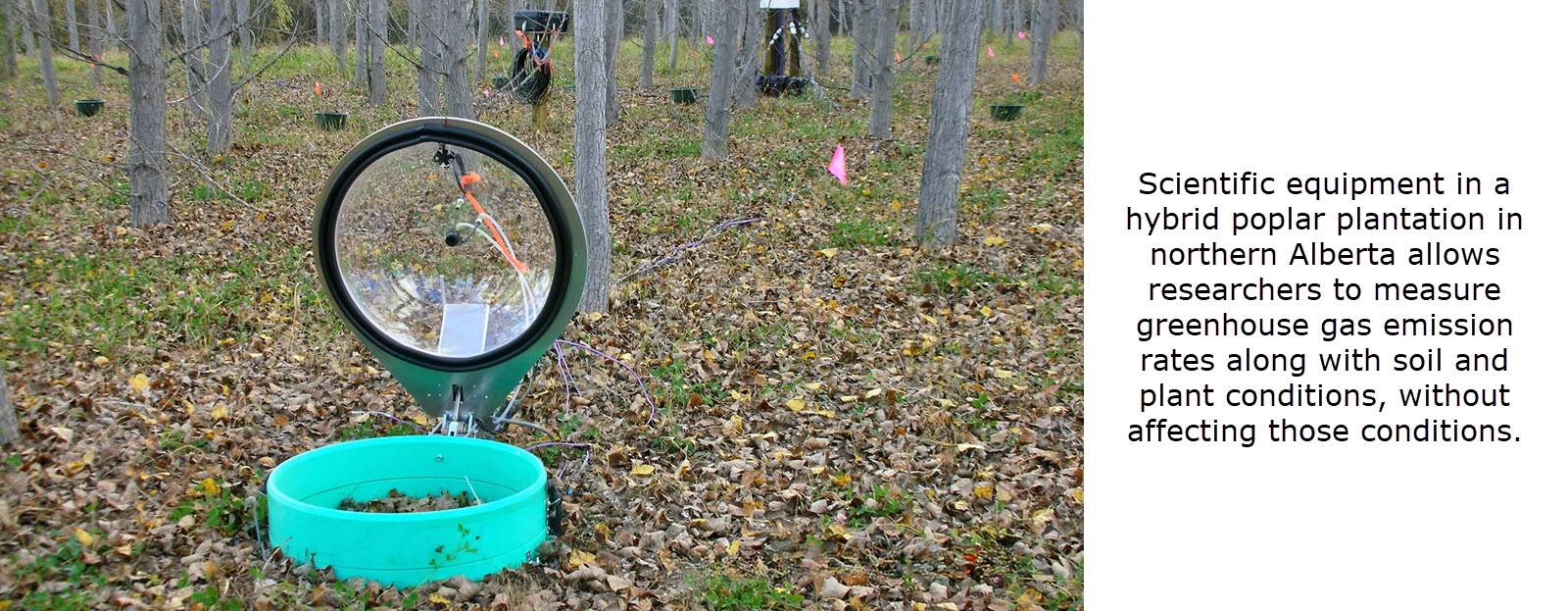
Over two years, researchers experimented with hybrid poplar tree plantations in northern Alberta, discovering that pulp mill waste, also known as biosolids, can significantly improve soil health when used alongside conventional fertilizers.
Traditionally, the pulp and paper industry’s waste has been challenging to manage, often ending up in landfills. However, this study, led by Professor Scott Chang, shows that repurposing biosolids as organic fertilizer benefits soil fertility and plays a crucial role in reducing greenhouse gas emissions.
Conventional fertilizers, typically containing industrially produced urea, are known to stimulate nitrous oxide emissions, a potent greenhouse gas. The study compared the effects of biosolids and conventional fertilizer and their combination on soil emissions and properties.
It found that while conventional fertilizer alone increased soil carbon dioxide and nitrous oxide emissions significantly, the addition of biosolids curbed these emissions.
Interestingly, when biosolids were used in conjunction with conventional fertilizer, there was a surprising reduction in soil carbon dioxide emissions. This suggests that biosolids may initially absorb soil nitrogen and then act as a slow-release fertilizer, moderating the impact on greenhouse gas emissions.
Beyond emission control, biosolids also enhanced soil quality, increasing dissolved organic carbon and microbial biomass levels. These elements are crucial for nutrient release and carbon cycling, which is essential for plant growth.
The study highlights the critical role of soil microorganisms in regulating greenhouse gas emissions and suggests that targeting specific microbes could mitigate the adverse effects of conventional fertilization.
This research offers a dual benefit: managing pulp mill waste effectively and improving agricultural sustainability. It’s a step forward in developing environmentally friendly farming practices, crucial in the face of global climate challenges.
Photo caption and credit: Scientific equipment in a hybrid poplar plantation in northern Alberta allows researchers to measure greenhouse gas emission rates along with soil and plant conditions, without affecting those conditions—University of Alberta.

